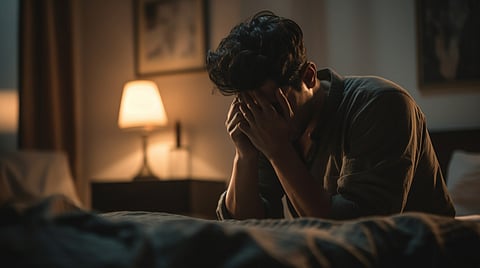Globally, studies suggest that 1 in 6 men experience some form of sexual abuse in their lifetime. Yet, less than 10% ever report it. In India, the silence is even more deafening — the legal framework (IPC Section 375, now clause 63 under BNS) defines rape exclusively in terms of female victims and male perpetrators. Male survivors are legally invisible.
This invisibility is not due to a lack of incidents but due to the refusal of society to see them.
In custodial setups, educational institutions, correctional facilities, and even intimate relationships, sexual coercion against men exists, often masked as “initiation,” “hazing,” or “power play.” These are not acts of desire — they are acts of dominance.


